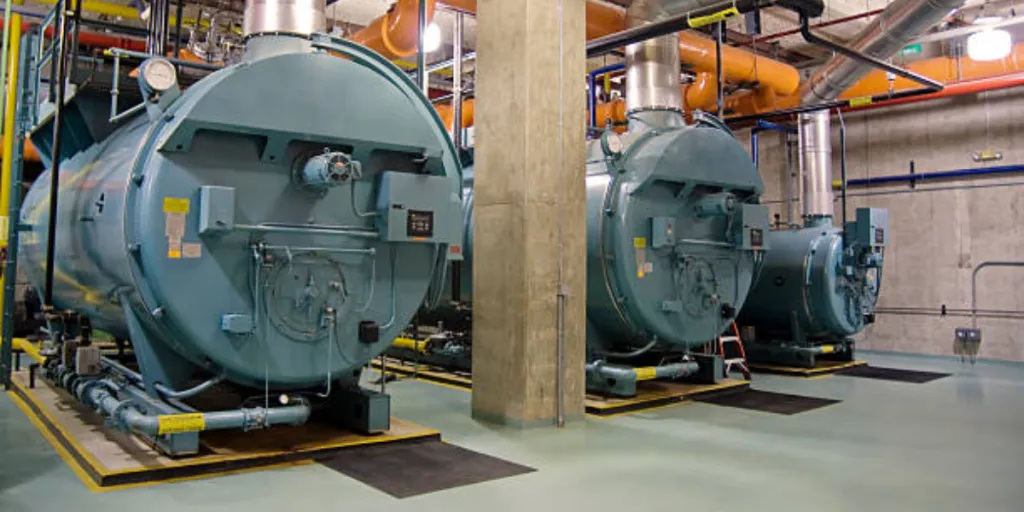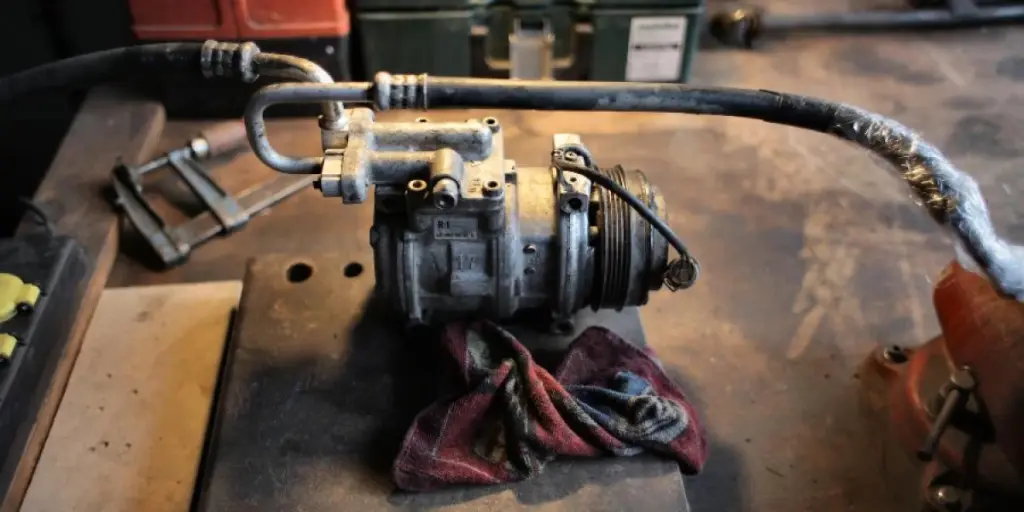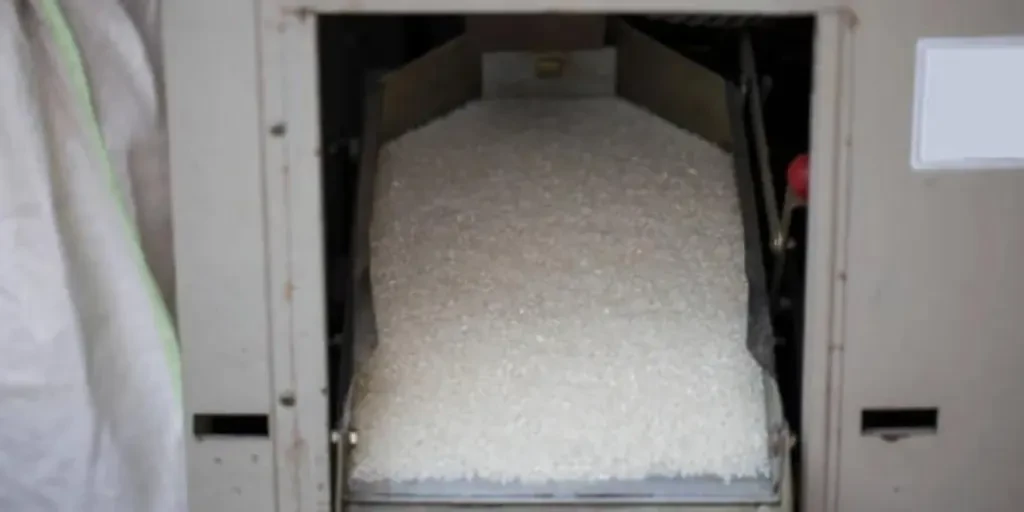The CNC system is one of the most important developments in industrial engineering. At a high level, a CNC system is responsible for managing the motion and speed of machine tools used in everyday processes. They come in a variety of types with different functions, each with their own set of use cases.
Before you go out to purchase a CNC system for your business, it is important to know the different types and what sets each of them apart. Read on to learn all about CNC systems.
Structure of a CNC machine
CNC is an acronym for Computer Numerical Control. Regardless of their types and what they’re used for, CNC machines generally have a similar standardized structure. Here are the standard components of a CNC machine that you should know.
1. Input devices are used to input the operations that are performed by the CNC machine. Most commonly, enterprises use three different input devices: punch tape reader, magnetic tape reader, and computer via RS-232-C communication. This is subject to variation depending on the specific requirements of each enterprise.
2. The machine control unit or the MCY is referred to as the “heart” of the machine — a very apt label for its purpose. This is because the MCY is responsible for all the controlling activities demonstrated by the machine. Generally, the MCY provides the following functions:
- Read coded information that is fed through the input.
- Decode the coded information.
- Implement complex techniques, such as the interpolation technique used to generate axis motion commands.
- Receive feedback signals for the position and speed of each drive axis.
- Implement auxiliary control functions, including coolant, spindle on and off, tool change, and more.
3. Machine tools are an essential component of the toolkits for CNC. These machine tools are controlled on the X and Y axes, while the spindle is controlled on the Z-axis.
4. The driving system includes amplifier circuits, drive motors, and ball lead screws.
5. Feedback systems act as transducers or sensors that are used to make accurate measurements. These transducers include both position-based and speed-based movements, and are dedicated to continuously monitoring the position and speed of the cutting tools.
6. The display unit shows all the required data and commands that are being fed into the control system.
Different types of CNC systems
A large amount of research and development has been put into CNC systems since their invention in the 1950s. This has led to its widespread use in a wide range of industries as well as the development of many different types. CNC machine types vary either in general functions or in the direction of work.
These days, industrial engineers can choose from a wide variety of CNC systems. Here are a few of the most popular ones on the market today.
1. Motion-type CNC systems
Motion-type CNC systems are categorized into two main types:
- Contouring control systems
The machine tools work in a continuous path where they focus on cutting the material presented to them by following its contour. Common machines that use contouring systems include CNC milling, lathe, and routing machines.
The contouring machines function through the simulated movement of the tool and work positions. The positions of both the machine and the product are controlled by the control system.
- Point-to-point control systems
With point-to-point control systems, both the workpiece and tool are kept in a fixed position while the tool performs its required duty. Machines that typically function through point-to-point mechanisms include drilling machines, tapping machines, boring machines, and more.
By not moving the pieces unnecessarily during the work process, these machines ensure safe and proper completion of work and significantly minimize the margin of error.
2. Loop control CNC systems
Loop control CNC systems branch into two categories based on the looping system involved in the procedure.
- Closed-loop systems
This type of CNC system works through a process in which feedback is sent from the control system to the programmed input, hence the name “closed-loop system.” In the case of a CNC system working under the servo mechanism, the feedback can be possibly measured through either analog or digital systems.
Closed-loop systems provide high levels of power and accuracy thanks to their extensive routing and monitoring capabilities.
- Open-loop systems
In an open-loop system, the instructions are sent to the controller via the input device. The controller then converts the instructions into signals and sends the signals to the servo amplifiers, which in turn power the motors.
3. Axis-type CNC systems
This section describes the types of CNC systems that are classified based on the number of axes. The major difference among these control systems is the number of axes. However, this difference creates a notable change in how suitable the CNC machine is for your business.
In general, the number of axes in your CNC machine is a direct reflection of your requirements and expectations for your CNC system. This is subject to great degrees of variation with each process.
- Two-axis control system
The machines allow you to access only two axes. A good example would be the lathe machine, where work is done only on the X and Y axes.
- Two-and-a-half-axis control system
The machines have three axes. However, the three axes cannot move simultaneously. In a two-and-a-half axis control system, the X and Y axes operate first, and the third axis takes effect afterward.
- Three-axis control system
As the name suggests, the machines work with three axes: the X-axis, Y-axis, and Z-axis. The three axes work simultaneously with high levels of accuracy and precision. However, three-axis control systems are limited to simple jobs and straightforward applications.
- Four-axis control system
In addition to the three common axes X, Y, and Z, an additional rotation axis known as the B-axis is used in the process. Four-axis control systems work for either a vertical or horizontal machine.
- Five-axis control system
Contrary to what the name suggests, five-axis control systems are three-axis machines with additional rotational axes in the Y and Z directions. These two additional axes are also called the A and B axes. Due to these additional axes, five-axis control systems have improved access to undercuts and deep pockets.
Conclusion
There are only a few basic but very important things to keep in mind when choosing a CNC system. Picking an appropriate CNC system for your business can significantly affect your overall productivity and work efficiency in your day-to-day operations. Make sure to spend a good amount of time researching different types of CNC machines and devices before deciding which one to get.
Source from Accurl.
Disclaimer: The information set forth above is provided by Accurl independently of Alibaba.com. Alibaba.com makes no representation and warranties as to the quality and reliability of the seller and products.




